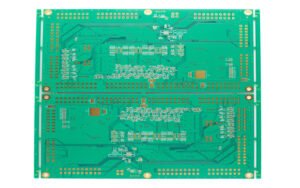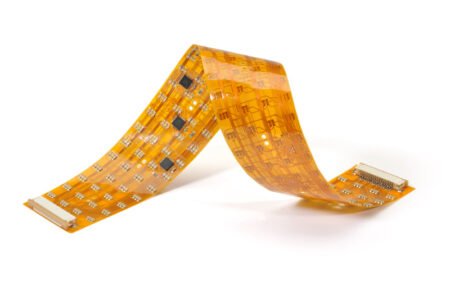Flexible circuit boards find applications in various industries, including consumer electronics (foldable smartphones, wearable devices), automotive (advanced displays, sensors), healthcare (medical devices, wearable health monitors), aerospace (avionics, satellites), and more. Their ability to adapt to the needs of modern technology and design trends makes them a crucial component in pushing the boundaries of innovation.
Advantage:
1. Space Efficiency: Flexible circuit boards can be designed to fit into tight spaces and unusual shapes, allowing for more compact and streamlined designs.
2. Weight Reduction: The lightweight nature of flexible circuit boards is particularly beneficial in industries like aerospace and automotive, where weight savings can lead to improved efficiency.
3. Durability: Flex PCBs can withstand vibrations, shocks, and bending, making them suitable for applications where traditional rigid boards might be vulnerable to mechanical stress.
4. Cost Efficiency: In some cases, flexible circuit boards can reduce manufacturing and assembly costs by eliminating the need for connectors and reducing the number of interconnects.
5. Design Flexibility: Flexible circuit boards offer more design flexibility compared to rigid boards, enabling innovative and unique product designs.
6. High-Density Integration: Multi-layer flexible circuits can accommodate a high density of components and traces, enabling complex electronic systems in a small space.








